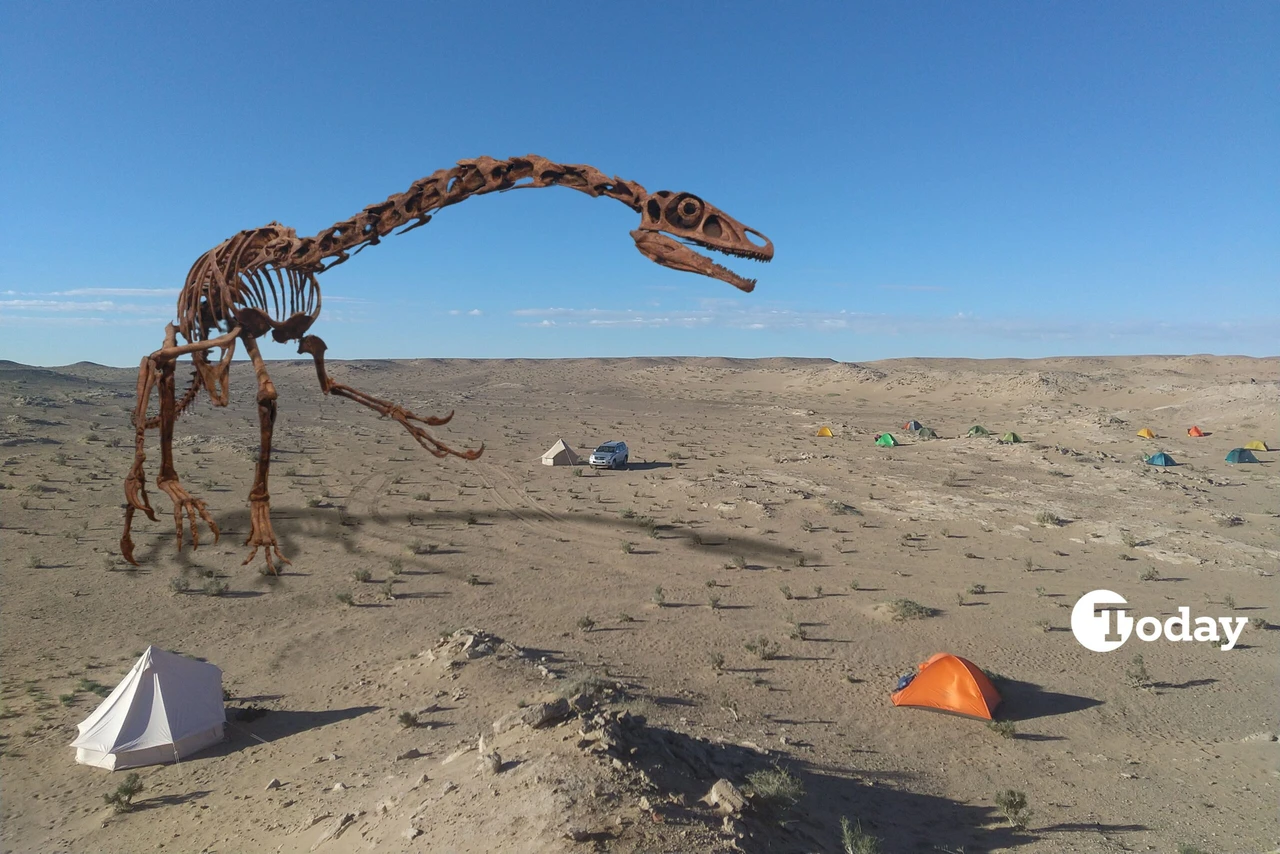Astronomers unravel mystery behind brightest-ever cosmic explosion
Astronomers using NASA’s James Webb Space Telescope have traced brightest gamma-ray burst ever recorded to collapse of massive star, challenging existing theories on heavy element formation
Astronomers have pinpointed the origin of the brightest gamma-ray burst ever recorded, an event so intense it earned the nickname the Brightest Of All Time or B.O.A.T.
This cosmic phenomenon, observed in October 2022, originated from a galaxy 2.4 billion light-years away. Despite its unprecedented luminosity, this event has challenged existing theories on the formation of heavy elements like gold and platinum.
The data for this discovery came from NASA’s James Webb Space Telescope (JWST). Dr. Peter Blanchard of Northwestern University led the research team that analyzed the burst, officially GRB 221009A.
They determined that the burst resulted from the collapse of a massive star.
However, the explosion did not display the expected levels of luminosity for its supernova stage and surprisingly lacked any signs of heavy elements.
“When we confirmed that the GRB was generated by the collapse of a massive star, it gave us a unique chance to test how some of the heaviest elements in the universe might form,” Dr. Blanchard explained the significance of their findings.
However, the absence of heavy elements in the burst’s aftermath raises new questions about their cosmic origin.
The burst’s extraordinary brightness is attributed to its jets’ unusual narrowness. Dr. Tanmoy Laskar from the University of Utah compared the phenomenon to a narrowly focused beam of light.
“It’s like focusing a flashlight’s beam into a narrow column, as opposed to a broad beam that washes across a whole wall,” he said. This could explain why the afterglow appeared so bright.
These findings are pivotal for understanding the GRB itself and for reevaluating how heavy elements are produced in the universe.
The lack of heavy metals in the aftermath of such a massive explosion suggests alternative processes might be involved, diverging from traditional supernova theories.
Future observations with JWST will aim to determine if other, less intense gamma-ray bursts might still produce these essential elements, as Dr. Blanchard and his team continue to explore the implications of this extraordinary event.
Source: Newsroom



